Amazingly, we have reached another September, the beating heart of birding autumn. Migration is in full swing, and there is always a chance of finding something very special. Here are five birds which will make any September day.
Whinchat
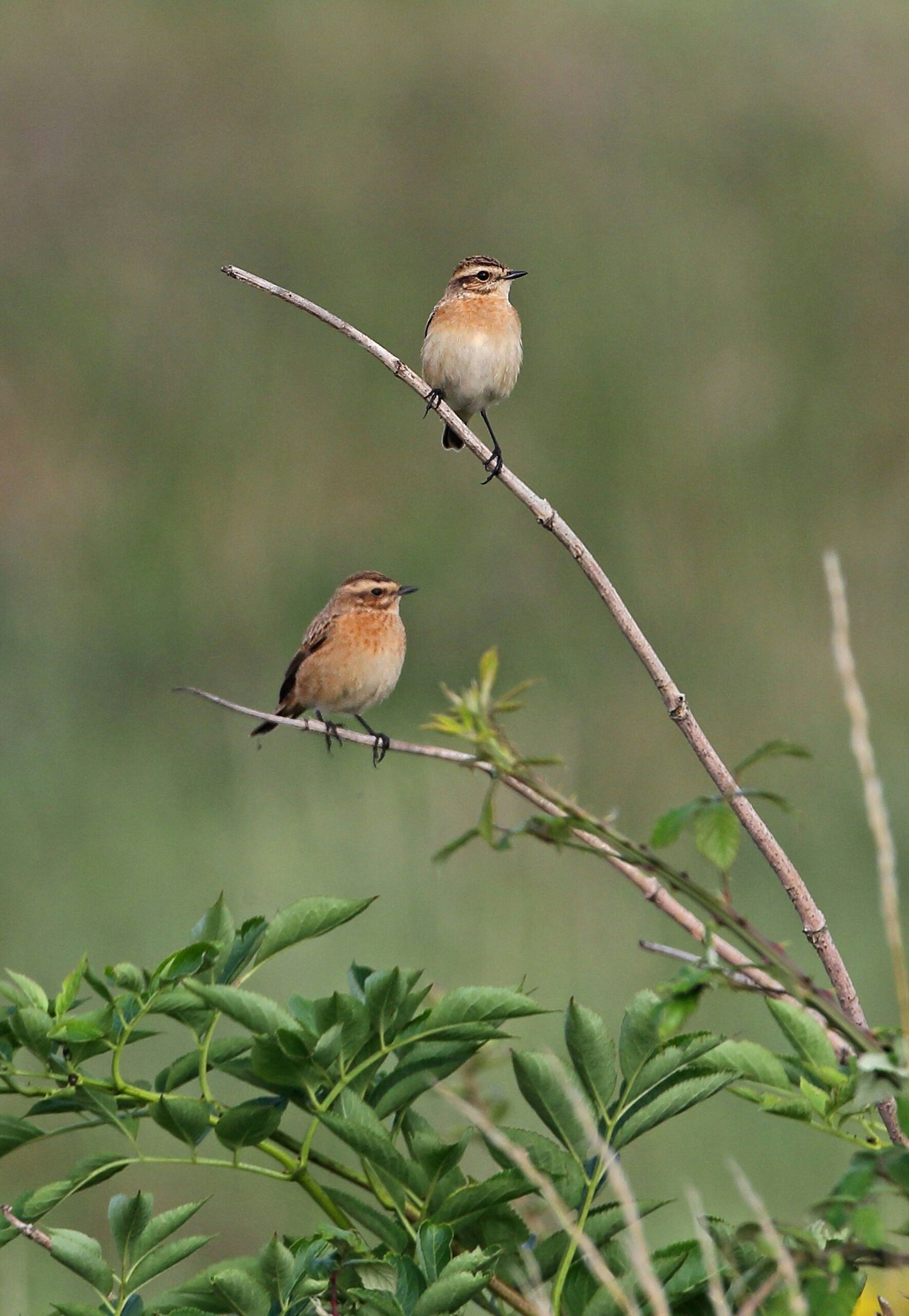
Late summer and early autumn is the season for chat passage. You could be on the look-out for Redstart or Wheatear, but why not Whinchat, the perky, diminutive, migratory cousin of the similarly built Stonechat. Both of these Saxicola chats like to perch on the top of a small bush or ‘weed’, or along a fence-line, in search of caterpillars and their like on which to pounce. In common with other chats, Whinchats are more toned down in fresh autumn colours from their spring equivalent. But they still show a distinctive, long, bold pale supercilium (‘eyebrow’) and have a peachy wash to the underparts, while the ‘chequered’ upperparts are a mix of streaky brown and buff. Search rough fields and their corresponding fence-lines.
Tree Pipit
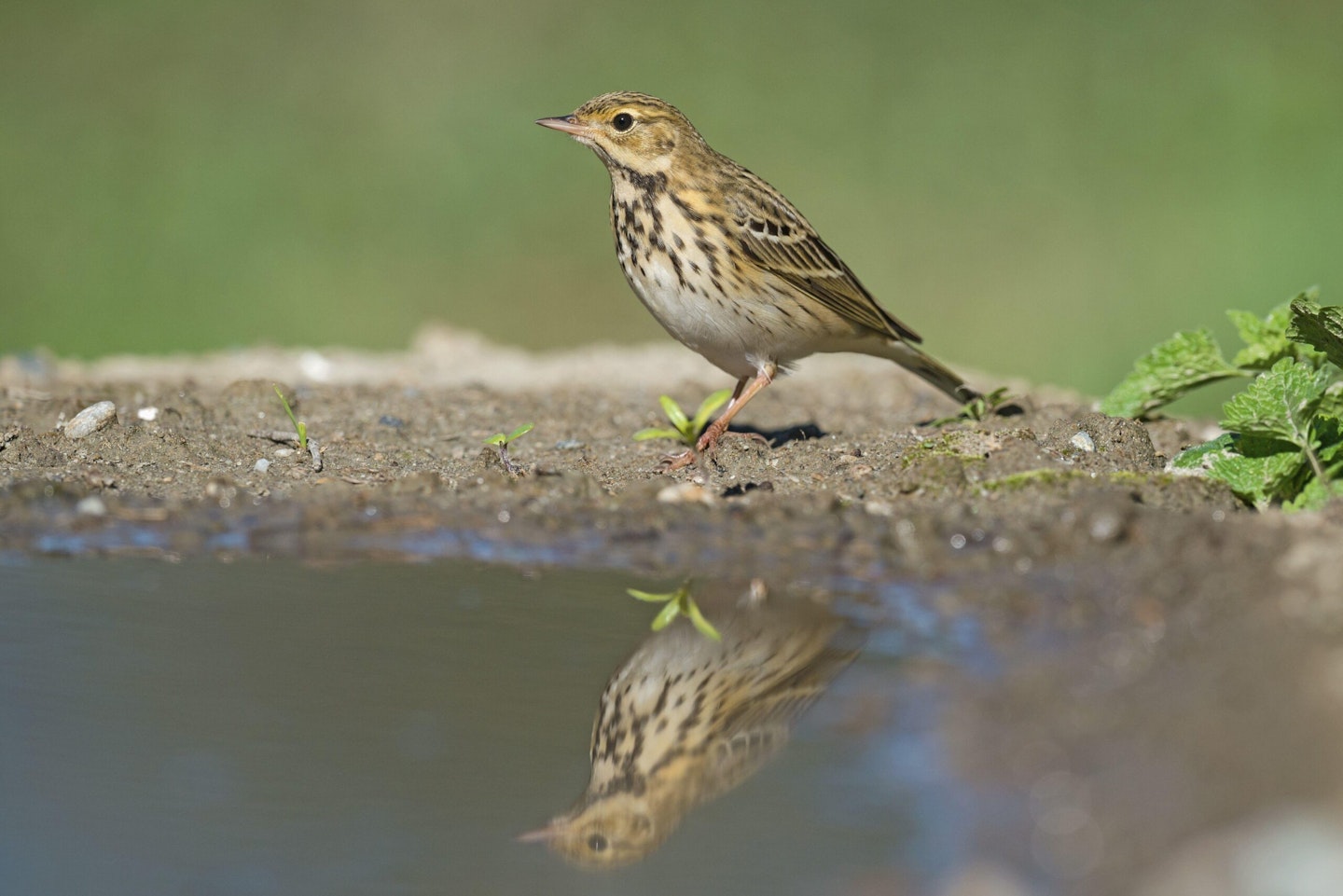
Like the Whinchat, the Tree Pipit is mainly a breeding bird of the north and west of Great Britain, nesting in heaths, woodland glades and the like. In early autumn, they move suth and east on their way out of the country for the winter. Others will turn up at coastal ‘migration hotspots’, often being detected by the rather buzzy flight call. They are prized September find for inland patch-watchers in the south and east. Tree Pipits are quite similar to Meadow Pipits, but altogether more robust, with a stronger bill and different face pattern. Learning the call is the best way to find one, though.
Shag
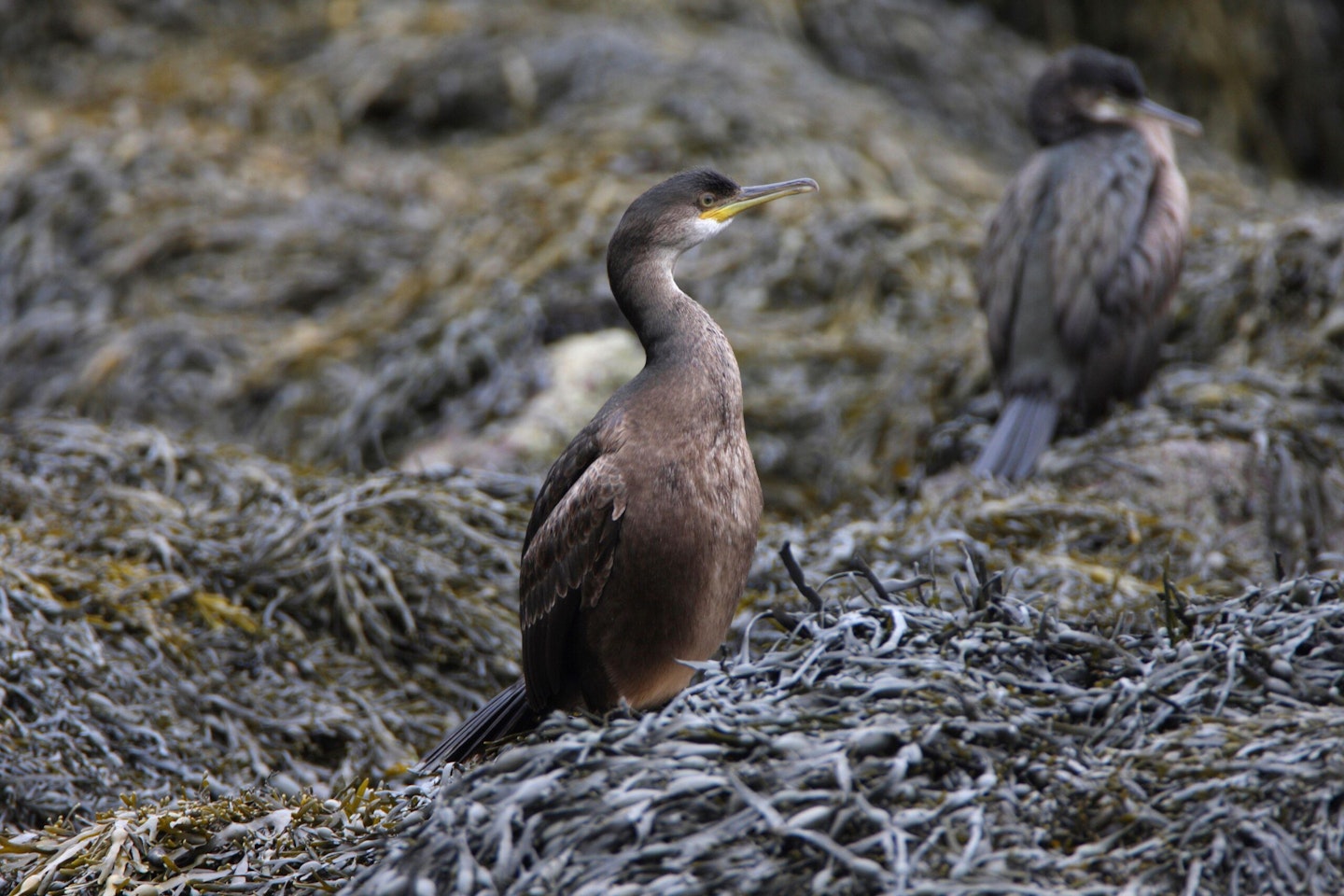
Though primarily (and almost exclusively) coastal birds, where they outnumber Cormorants in many areas, younger (invariably brownish) Shags have a tendency to wander (including inland) in autumn. They are not difficult to identify, being considerably smaller than Cormorants, with a slighter build, including a much finer bill. Also, note the largely dark brown plumage, lacking extensive white on the underparts, and also lacking extensive orange bare skin around the bill and throat.
Long-billed Dowitcher
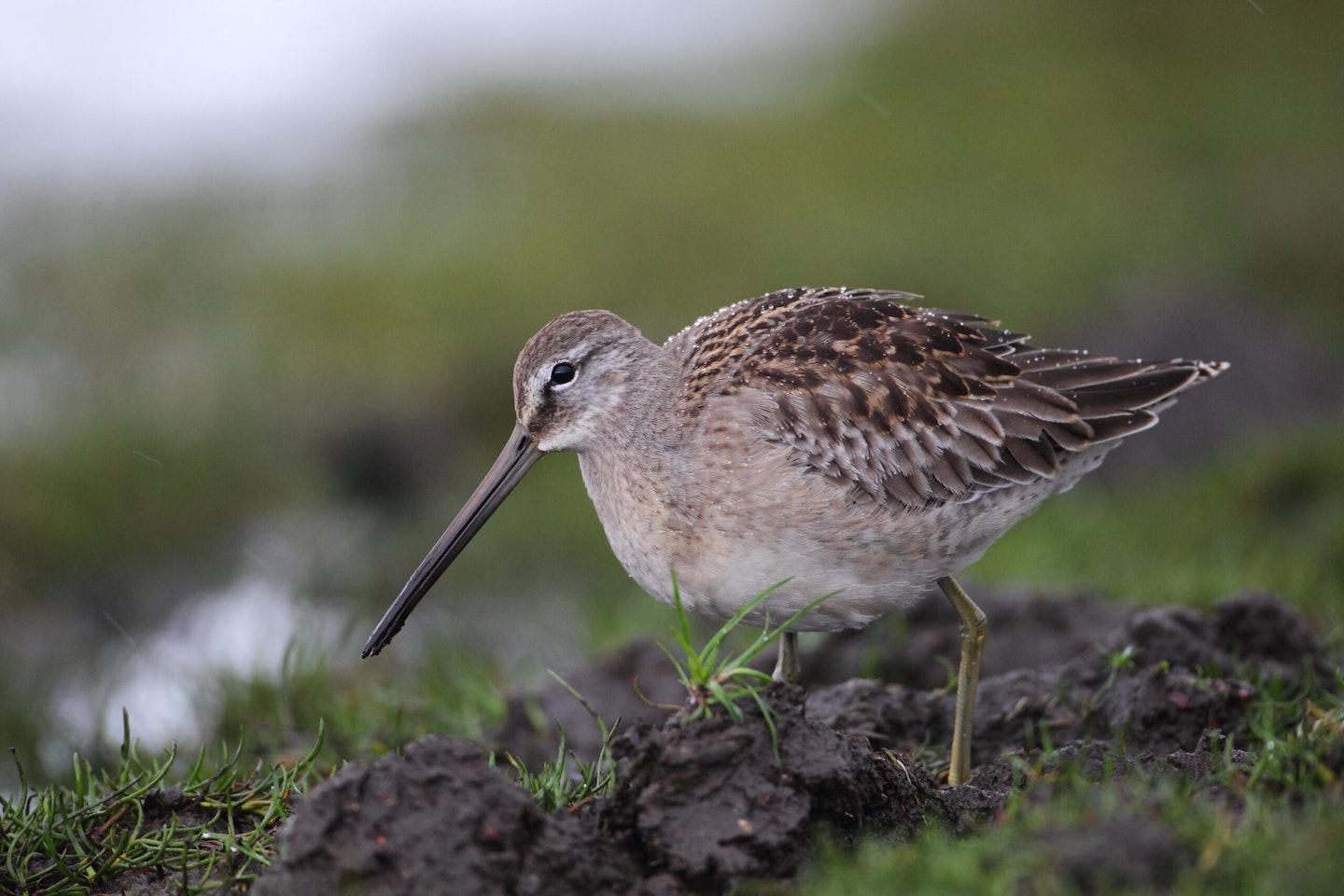
The Long-billed Dowitcher is a rare (though not exceptionally rare) visitor from North America. It is about the same size and shape as a Snipe, with a very long, straight bill; but with very different plumage. Once over this side of the Atlantic, Long-billed Dowitchers can be very loyal to particular areas over extended periods of time. Finding one on your local patch would be brilliant, but otherwise, if you want to see one, check the bird news services such as Rare Bird Alert for where a long term dowitcher is hanging out and it will possibly (probably) still be there if you visit!
Black Tern (juv)
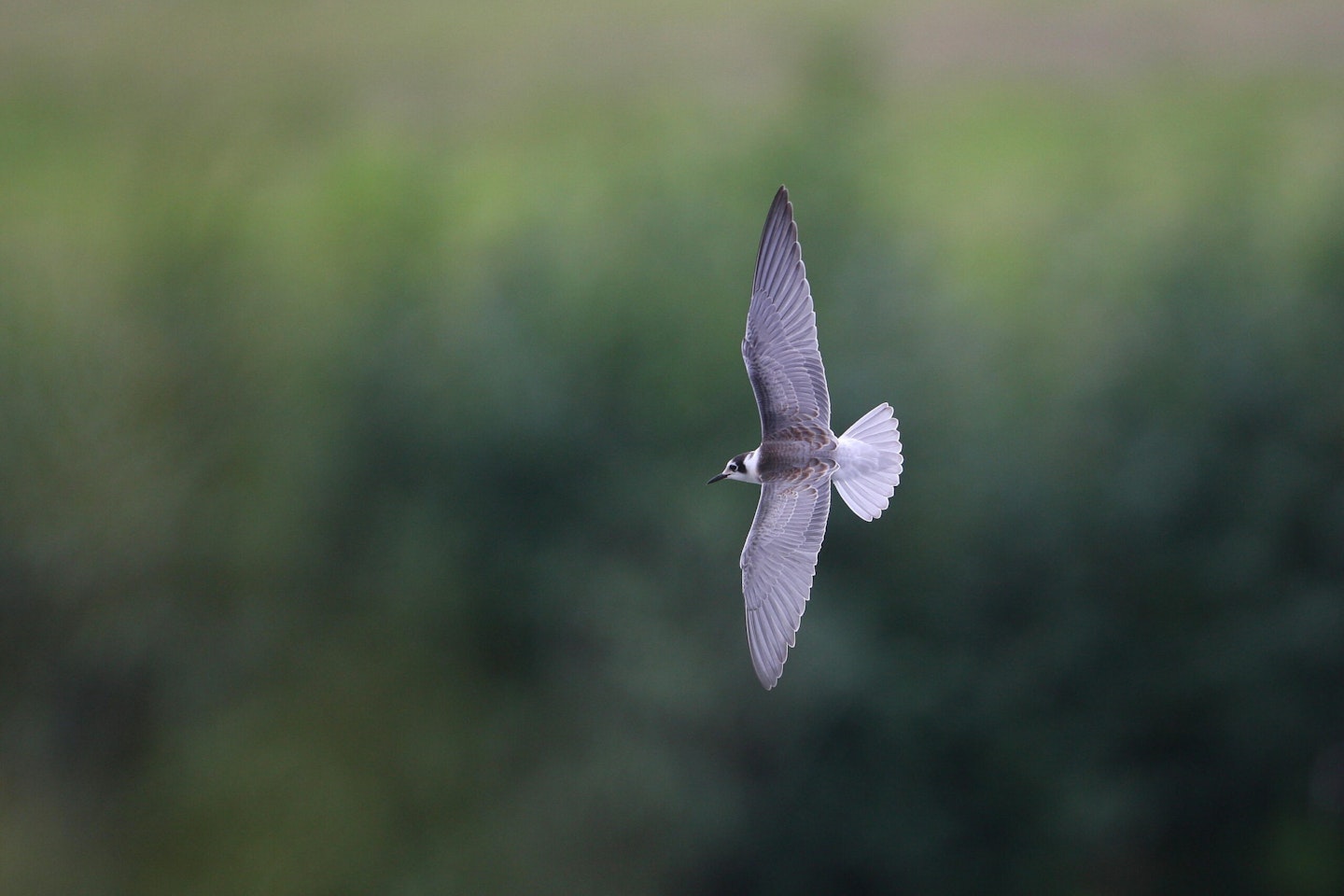
In spring, the Black Tern passes through, often in small flocks, as a scarce passage migrant, resplendent in sooty-grey and black plumage. They do not breed in the UK. But come early autumn, we start to get returning birds passing through (also often in small flocks), either along the coast, or at inland reservoirs, gravel pits or similar water bodies. And these birds will usually be a mix of adults with white bellies and grey upperparts (with a black mark on the sides of the upper breast), or as juveniles, with similar plumage, but with finely pale-fringed dark back feathers.
If you love Bird Watching magazine and never want to miss an issue, why not subscribe today?
A Bird Watching Subscription enhances your experience of being part of a birding community.
Choosing a Print+ subscription means not only will you get your issues delivered straight to your door with FREE UK delivery, you will also get instant access to the Bird Watching app.
Here you can take advantage of subscriber-only rewards and discounts, full access to previous issues and so much more.

